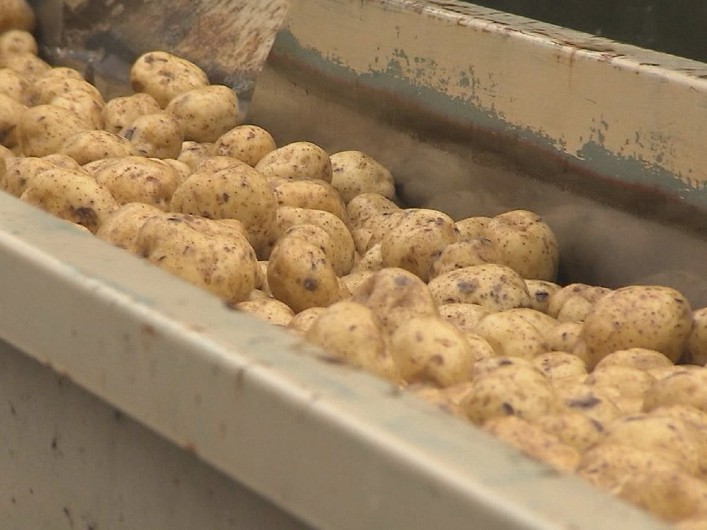Heat and dryness have been the story of the summer this year in southern Idaho. With record heat, crops — including Idaho’s most famous crop — have seen effects in numerous ways, reports Nicholas Snider for KMVT.
“I’m not saying that Idaho won’t have any of the bigger potatoes they’re famous for,” says Sean Ellis, a spokesman for the Idaho Farm Bureau Federation. “There’s just not going to be as many this year.”
“The heat has had a real impact on the potatoes this year,” says Ellis. “It’s no big secret that Idaho has had a serious drought this year. …I’ve talked to some guys who just couldn’t get their pivots around fast enough because of the heat,” says Ellis.
“I’ve never seen anything like this year as far as global weather goes,” says Jeff Bragg, a local farmer. “Looking at the global supply regions that work unilaterally, it’s very unusual.” As a word of advice, Bragg recommends farmers reimagine their soil by using less water now and saving groundwater for next year.
